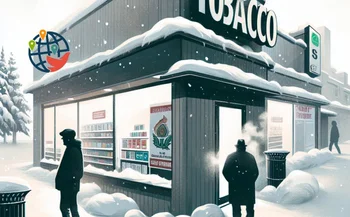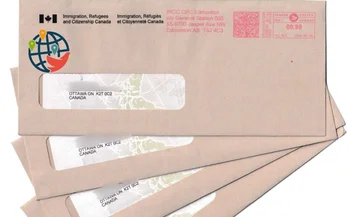A Promising Province for Immigration to Canada

Affordable housing, in-demand professions, and relocation programs attract new residents to the heart of Canada.
In this article, we'll cover the following topics:
- geographical location;
- climate;
- where to live;
- crime;
- education;
- work and salary;
- in-demand professions;
- prices and taxes;
- healthcare;
- population;
- what to see;
- immigration programs.
Geographical location
Saskatchewan is a fairly large province in south-central Canada, part of the Western provinces. Its capital is Regina, and the largest city is Saskatoon.
Until the 1700s, this area was inhabited by Indigenous tribes. Now it's a vast territory covering 652,000 square kilometers, with prairies, dense forests, lakes, rivers, and small towns. The province has a population of nearly 1,250,000 people.
Fun fact: The province's name comes from the Saskatchewan River. In Cree, one of Canada's Indigenous languages, it means "swift-flowing river."
Saskatchewan borders Alberta, Manitoba, the Northwest Territories, and the United States to the south.
Climate
Saskatchewan is far from any oceans. The climate is dry, with warm continental conditions in the center and east, semi-arid steppe in the south and southwest, and subarctic in the north. Summers in most of the province are hot, usually 25-30°C, but temperatures can reach up to 38°C. The highest temperature ever recorded in Canada was in Saskatchewan, when the cities of Midale and Yellow Grass hit 45°C. Winters, on the other hand, are cold. The average temperature is -17°C. Sometimes in winter, a wind called "chinook" blows from the west — these gusts can cause sudden temperature rises. They can make the temperature jump from -20°C to 10-20°C, last for a few days, and then drop back just as quickly. Such wind can cause a 30-centimeter layer of snow to melt in a day.
Winters, on the other hand, are cold. The average temperature is -17°C. Sometimes in winter, a wind called "chinook" blows from the west — these gusts can cause sudden temperature rises. They can make the temperature jump from -20°C to 10-20°C, last for a few days, and then drop back just as quickly. Such wind can cause a 30-centimeter layer of snow to melt in a day.
Province's unique feature! Among Canadian provinces, Saskatchewan ranks first in the number of sunny days per year.
However, Saskatchewan also ranks first among Canadian provinces in the frequency of natural events. Tornadoes of varying strength occur regularly here: on average 12 to 18 per year (the highest number — 33 — was recorded in 2012). Thunderstorms are common from early spring to late summer, and hail and strong winds are normal occurrences for province residents.
Where to live?
Half of the province's population lives in the two largest cities: Saskatoon and Regina. About 35% of people live in rural areas — a relatively high percentage for Canada. Most of Saskatchewan's cities are located in its southern part.
Saskatoon
The largest city in the province, with a population of about 350,000. This city is called the "Paris of the Prairies." Thanks to its growing economy, Saskatoon's population has exceeded that of Regina, the provincial capital, since the 1980s.
Due to its harsh winter, there's a North American slang term "saskatoon," which means extreme cold. But in reality, the city's climate is quite tolerable. Winter temperatures usually drop to -23°C, but summer often reaches 25°C. However, it's worth noting that strong winds are common on the flat prairies.
Saskatoon is great for relocating with a family. There are many schools, several higher education institutions, including universities, institutes, and colleges. In addition to regular schools, the city has Catholic and French-language schools. Moreover, Saskatoon is quite lively. Various festivals take place here in summer, attracting people from all over the world.
In 2007, Saskatoon ranked first in Canada for violent crime, but since then, the crime rate in the city has been steadily decreasing.
Regina
The capital of the province and the second-largest city. It has a slightly smaller population of about 250,000. It's hard to believe, but Regina was once a barren prairie; now it's full of vegetation and parks. Regina has warm summers and cold winters. The average temperature in July reaches 26°C, while in January it can drop to -22°C.
Regina is also suitable for families with children, as it has many schools and several higher education institutions.
In summer, city residents relax at Wascana Lake, and in winter, they ice skate there. There's an international airport near the city, but no rail connection. In general, Regina's public transport consists only of buses and taxis.
By Canadian standards, the crime rate in Regina is high. Additionally, the city ranks high in drug use.
Other cities
Besides Regina and Saskatoon, there are no large cities in Saskatchewan, but there are some worth noting.
Weyburn. This is a small town 70 kilometers from Regina. Despite its small size, with a population of only about 12,500, it's called the best city in the prairies. It has milder winters and hotter summers than Regina and Saskatoon. Weyburn is the largest grain growing and collection point in all of Canada, so many residents work in agriculture. An undeniable advantage of the city is affordable housing by Canadian standards (around $275,000 CAD for a house, which is approximately ~$200,500 USD) with a decent average annual income — $80,000 CAD per family (~ $58,000 USD). The city also has schools and one college, where you can also remotely study programs from the University of Regina and the University of Saskatchewan.
Estevan. Another small city with about the same population as Weyburn. Estevan's economy is based on coal mines, electricity, and oil and gas extraction. Mostly people working in these fields live here, and it's worth noting that they earn quite well. Another plus — Estevan is only 16 kilometers from the Canada-US border.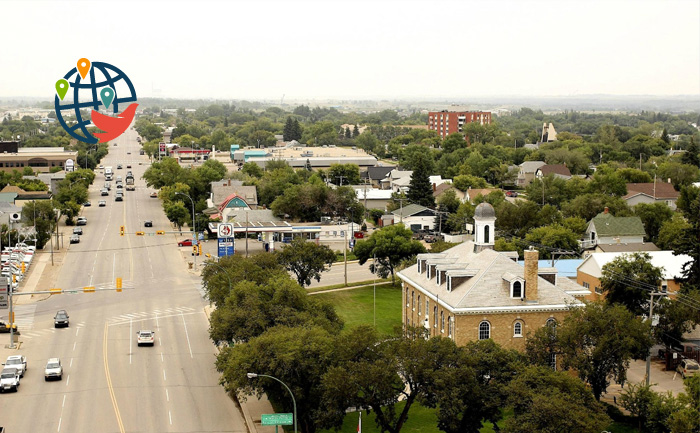 Moose Jaw. The fourth largest city in the province with a population of about 35,000. It's an important industrial center, with agriculture also prevalent on its outskirts. Many are attracted to Moose Jaw because it's a very sunny city: it has more sunny hours per year than most Canadian cities. And importantly, Moose Jaw has a low crime rate.
Moose Jaw. The fourth largest city in the province with a population of about 35,000. It's an important industrial center, with agriculture also prevalent on its outskirts. Many are attracted to Moose Jaw because it's a very sunny city: it has more sunny hours per year than most Canadian cities. And importantly, Moose Jaw has a low crime rate.
Crime
Saskatchewan is not the safest province in Canada, despite the fact that the number of crimes is gradually decreasing. There are 13,829 crimes per 100,000 people in Saskatchewan, with a high severity index of 160.2.
Where to Study?
University of Saskatchewan
A large university with its main campus in Saskatoon. It enrolls over 25,000 students annually, including more than 3,300 international students. Tuition fees at the University of Saskatchewan vary by program, starting from CAD 11,000 per year (~ USD 8,000) for international students. On-campus housing costs range from CAD 4,000 (~ USD 2,900) to CAD 10,000 (~ USD 7,300) depending on the room type and options. 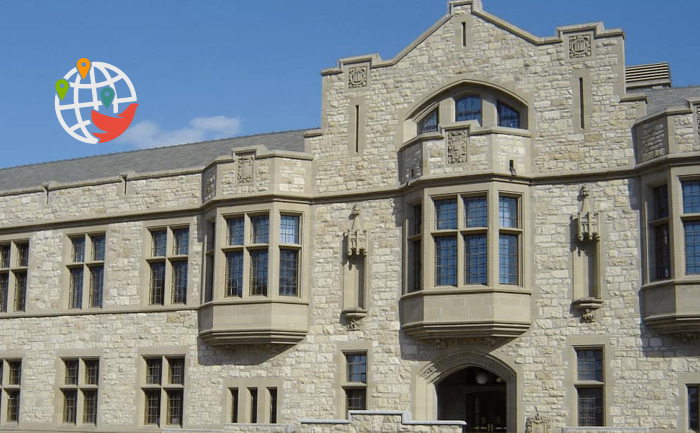
University of Regina
A research university located in the heart of Regina, offering over 200 academic programs. The University of Regina welcomes more than 16,500 students annually, including over 2,000 international students. Tuition for international students starts at CAD 11,845 (~ USD 8,600), and housing costs about CAD 6,500 per year (~ USD 4,700).
Luther College
Located in Regina, this college offers 60 majors to over 2,000 students annually. Although Luther College is ranked among Saskatchewan's best educational institutions, tuition is quite expensive: CAD 22,500 per year (~ USD 16,500) for international students.
Campion College
A private Catholic college affiliated with the University of Regina, collaborating with the Jesuit community. Campion College mainly offers humanities programs. The college emphasizes a Jesuit approach to education based on respect for each student and aims to nurture leaders and socially conscious citizens. Over 1,000 students attend, but tuition is high: from CAD 20,000 per year (~ USD 14,500) for international students.
Where to Work and How Much Do They Pay?
Saskatchewan's main economic sectors are agriculture (especially grain production), mining, energy, oil and gas extraction, and uranium mining (in the north). The northern part also has forestry. Saskatchewan is the world's largest exporter of potash and uranium.
Fun fact: 99% of Canadian lentils are grown in Saskatchewan.
The province has high demand for agricultural workers, including entrepreneurial farmers who will create jobs, as well as long-haul drivers, healthcare workers, and hospitality staff.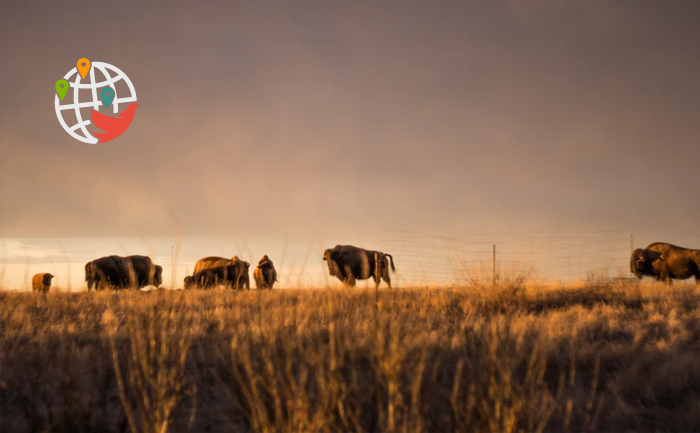 Major employers in Saskatchewan include Saskatchewan Government Insurance (SGI), SaskTel (telecommunications), SaskEnergy (natural gas provider), and SaskPower (electricity provider). There are also many small and medium-sized businesses looking for employees.
Major employers in Saskatchewan include Saskatchewan Government Insurance (SGI), SaskTel (telecommunications), SaskEnergy (natural gas provider), and SaskPower (electricity provider). There are also many small and medium-sized businesses looking for employees.
The minimum wage in Saskatchewan is one of the lowest in the country at CAD 15 per hour (~ USD 11), but the average wage is CAD 27 per hour (~ USD 20).
Annual salaries can range from CAD 55,000 to CAD 100,000 (~ USD 40,000-72,500), depending on the profession and qualifications. Based on the average hourly wage, a 40-hour work week would earn CAD 4,320 (~ USD 3,100). The minimum wage for the same schedule would be CAD 2,400 (~ USD 1,700). While salaries are lower compared to other Canadian provinces, the cost of living is also lower.
You have seen 53% of the text.
This article is available only to users with Premium Access.
Want to get access to this and other Premium articles? Subscribe to Premium Access!












